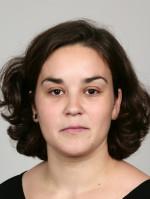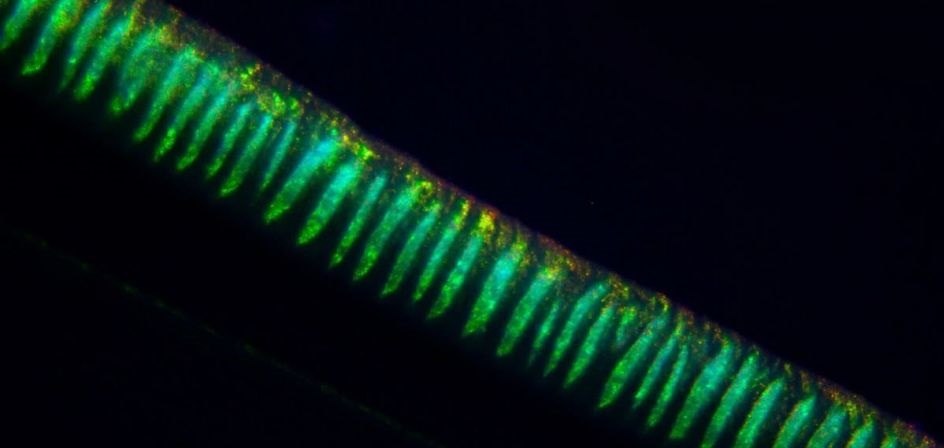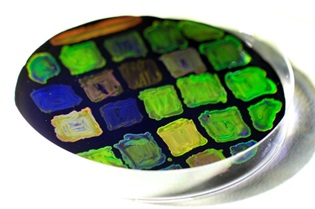
Research Associate
BIOGRAPHY:
Laura obtained a BSc in Environmental Science and an MSc in Water Quality Techniques and Sciences from the University of Granada (Spain).
At the Water Research Institute (Granada University, Spain), Laura worked on bacteria biofilm formation, investigating its potential for biodegrading methyl tert-butyl ether under the guidance of Prof. Clementina Perez. Following this, she investigated a novel secretion system in the pathogenic bacteria Neisseria while working with Prof. Jan Tommassen at Utrecht University (Netherlands). From 2014 to 2018, Laura was a research assistant at Microdish B.V. and Hoekmine B.V.
Laura was awared an industrial CASE PhD scholarship in collaboration with Hoekmine B.V. In 2018, she joined Vignolini's group to study the genetics of bacterial structural color and its potential biotechnological applications.
Research Interest:
Previous work reported the genetic and optical analysis of the brilliantly green-coloured Flavobacterium IR1 (F. IR1), isolated from an estuarine environment.

Flavobacterium IR1. (Hoekmine B.V.)
Structural colour is a consequence of light interacting with ordered nanostructures to reflect intense, angle-dependent hues. F. IR1 rapidly self-assembles into a 2D photonic crystal on hydrated surfaces to create complex and beautiful patterning. Consequently, IR1 colonies are able to display intense angle-dependent colours when illuminated by white light.
Transposon mutagenesis was used to identify genes that modulates structural colour in F. IR1, colony organization and photonic responses. Genes involved in gliding motility, the stringent response, polymer interactions and genes with no previously known role were found to be important. Despite the frequency and diversity of structural colour in living organisms, there is little knowledge of the underlying genes. A more widespread genomics effort is needed to understand how genes regulate the colour in F. IR1 and the evolution of both structural colour and structures in nature.

Wild-type and mutated Flavobacterium IR1 colonies. (Hoekmine B.V.)
For her PhD, Laura aims to further investigate the synthetic biology aspects of this structural coloured bacteria, the specific genetic pathways which lead to different optical responses. Laura is looking forward to developing bacterial structural colour-inspired material which definitely has a major impact on the production of sustainable paints and new optical materials.
